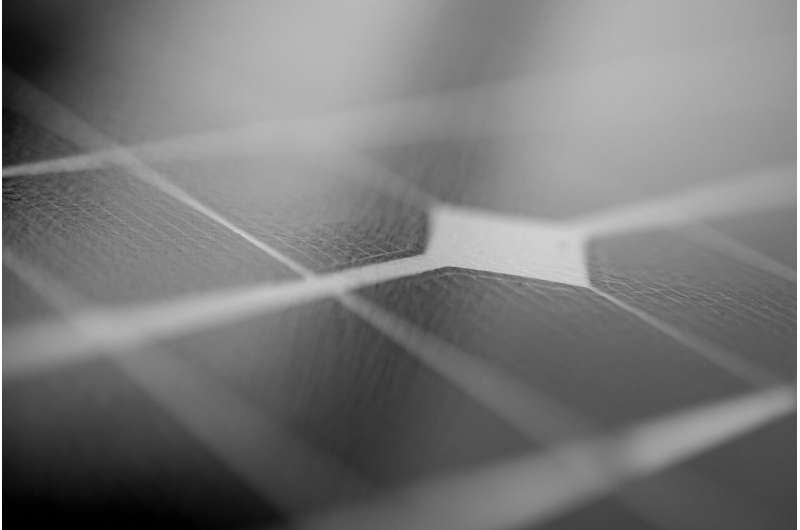
Last summer, metropolitan areas of Korea including Seoul were hit by an unprecedented heavy rainfall, which inundated various locations. Similarly, torrential downpours engulfed about one-third of Pakistan, leading to widespread flooding. New York State was not spared as it experienced heavy snowstorms in December of last year, with snowfall of more than one meter.
These events underscore a multitude of extreme weather phenomena that the world is currently grappling with. Last year was the 5th hottest year on record since modern temperature recordkeeping began in 1850 (according to the EU Commission's climate change monitoring agency). Unfortunately, environmental pollution remains a key driver of extreme weather patterns.
The harmful substances in our daily lives and air pollutants released by factory chimneys continue to afflict the Earth. To mitigate this situation, it has become necessary to promote green renewables. This measure can help to reduce carbon emissions and harmful substances, ultimately fostering a more sustainable coexistence between humanity and the planet.
A research team led by Professor Taiho Park, and Ph.D. candidates Dohyun Kim, Hyuntae Choi, and Wooteak Jung from the Department of Chemical Engineering at POSTECH, Dr. Nam Joong Jeon from Korea Research Institute of Chemical Technology (KRICT), and Professor Seulki Song from the Department of Chemical Engineering and Applied Chemistry at Chungnam National University successfully developed novel additives for perovskite film treatment, which have been found to enable the production of highly efficient and stable perovskite solar cells.
The perovskite solar cell (PSC) is a type of solar cell that includes a perovskite-structured compound. Owing to its easy and affordable fabrication process, PSC has garnered significant attention as a next-generation solar cell. However, it is susceptible to moisture and surface defects, which undermines its power conversion efficiency.
To improve its stability and efficiency, the removal of surface defects from perovskite film is deemed essential. The conventional approach to surface treatment has involved dissolving the passivating material in a solvent and adding it to the surface. However, this method has presented challenges, such as solvent vapor leading to the solidification of the additive impeding the removal of the surface defects.
The research team introduced a novel engineering approach for the surface treatment of PSCs, using an additive named alkylammonium formats (AAFos). AAFos comprise a cation and a pseudo-halide anion which remain in a liquid state even at relatively low temperatures due to their weak coordination. The team focused on the phase transition of AAFos from solid to liquid, which facilitated the elimination of defects on the perovskite film surface.
After undergoing brief thermal treatment, AAFos transformed from a solid to a liquid state, eliminating the defects on the film surface before solidifying back into a stable state at room temperature. The pseudo-halide anion of AAFos has a higher affinity for halide defects, which results in surface defect passivation while the long alkyl chain of the cation improves moisture stability by preventing moisture permeation into the perovskite layer.
The team's experimental findings confirm that power conversion efficiency can be increased. With the use of AAFos, the team achieved a power conversion efficiency of 25% from a PSC active area and an impressive fill factor of 80.77% in the same PSC module, which is the world's highest level. Furthermore, in a PSC module with a large active area of 23.75cm2, the efficiency was 20.82%, overcoming the limitations of traditional solar cells where a larger active area typically results in lower efficiency and fill factors.
The development of renewable energy, particularly solar cells, seems to have transitioned from being an option to being a mandate of late. The team's work holds the potential to position perovskite solar cells as the next generation of solar cells and emphasizes their ability in being utilized over large active areas.